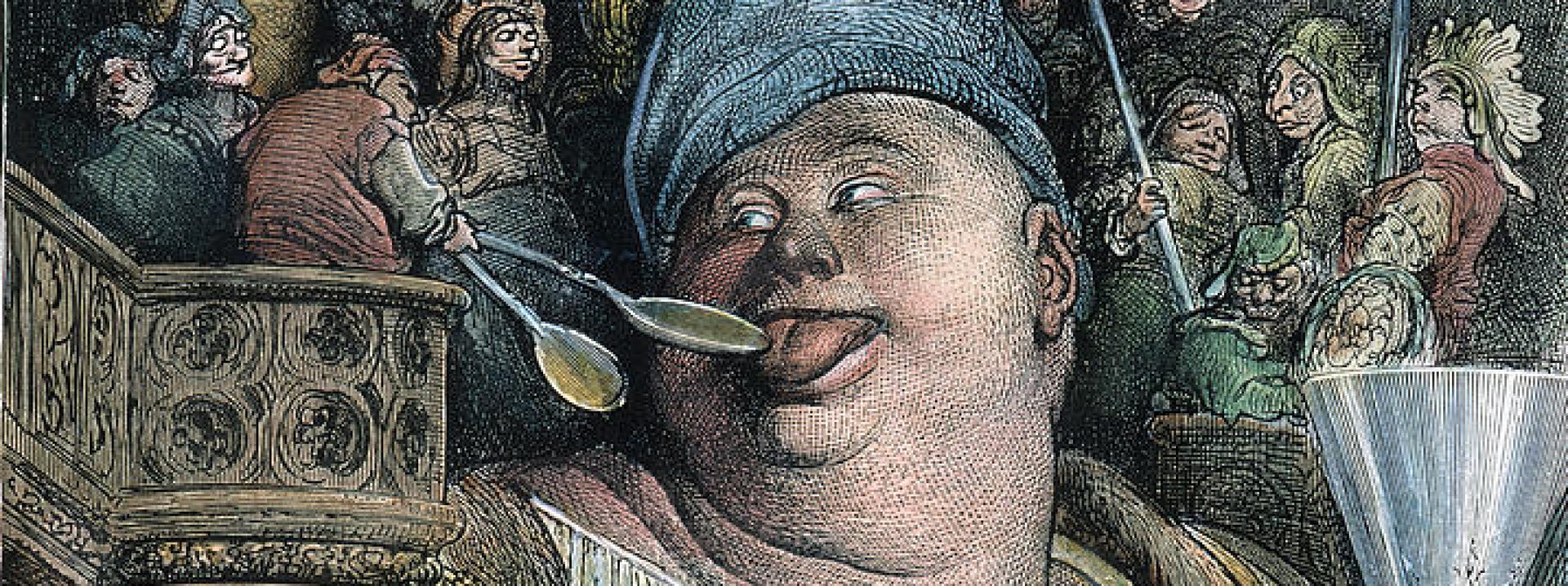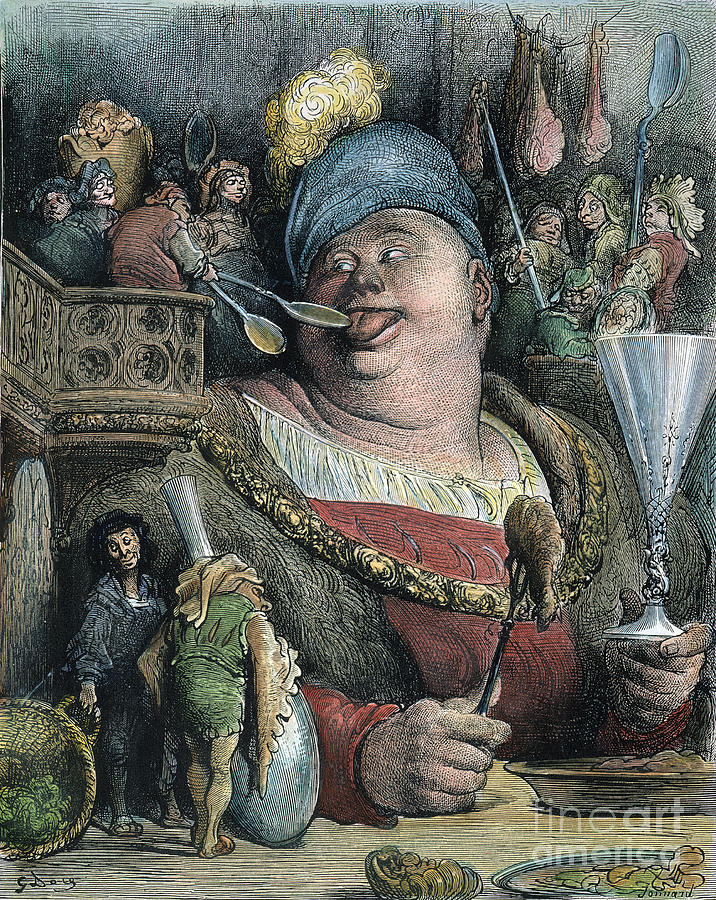Given the change in circumstances and the difficulty of doing substantial research off campus, without access to the library, and in such a disrupted situation, I have decided to reduce the scale of the final project. I’ve also reduced the final portfolio assignment; click here for full details.
My goal is to still give you a chance to do some meaningful intellectual and creative work, without creating an undue burden, or setting up a situation where anyone’s personal, family, or financial circumstances dictate the grade they’re capable of getting.
I’m still giving you two options for the final project: a critical essay, or a creative project. I am eliminating, however, the distinction between “deluxe” and “plain” projects: instead, everyone will have the option of either recording their project as a presentation for the class, or submitting the project in writing. During the last week of class, we’ll post final projects, and have a concluding discussion during our usual Zoom meeting.
Option A) Critical Essay: Bakhtin and the Body
In place of an independent research project, this version of the final project now asks you to deepen your engagement with Bakhtin’s Rabelais and His World, the guiding critical text of our class.
Requirements
- Choose one of the Bakhtin selections (each roughly 15-20 pages in length) from the list below.
- Choose one of the pre-modern texts we read together this semester (see list below) OR choose a pre-modern or modern work of art (literature, visual arts, film, music, etc.) that you think features the grotesque and carnivalesque
- Write a 600-900 word reflection OR record a 5-10 minute presentation in which you consider how the ideas in your Bakhtin selection help you understand your chosen work of art or literature.
- Post your initial idea (your choice of Bakhtin excerpt and primary text) to the course webpage (as a comment on a post I’ll create) by Tuesday 4/21 at 5:00pm.
- Post your reflection essay or recorded presentation as a new post to the course webpage by Tuesday 4/28 at 5:00pm.
Texts
Pick one of the following selections from Bakhtin’s Rabelais and His World (with page numbers corresponding to the printed numbers of the book, not the pdf pages). Note that these excerpts don’t cover the entire text, since I’ve omitted some selections we’ve already read and others that I find less helpful.
- Chapter 2: The Language of the Marketplace in Rabelais – part 1 (pg. 145-167)
- forms of folk speech in the novel, including billingsgate and obscenity
- Chapter 2: The Language of the Marketplace in Rabelais – part 2 (pg. 182-195)
- genres of popular speech in Rabelais, focused on “street cries” and carnival oaths
- Chapter 3: Popular-Festive Forms and Images in Rabelais – part 1 (pg. 196-213)
- the logic of carnival violence
- Chapter 3: Popular-Festive Forms and Images in Rabelais – part 2 (pg. 231-244)
- games in carnival and the novel
- Chapter 3: Popular-Festive Forms and Images in Rabelais – part 3 (pg. 254-77)
- carnival itself and other popular festivals in the novel; Rabelais’ quest against seriousness and for freedom of speech
- Chapter 4: Banquet Imagery in Rabelais (pg. 278-303)
- literal eating and feasting in the novel and their symbolism
- Chapter 5: The Grotesque Image of the Body and Its Sources – part 1 (pg. 315-41)
- grotesque vs. classical bodies; Pantagruel as the emblematic grotesque body
- Chapter 5: The Grotesque Image of the Body and Its Sources – part 2 (pg. 341-68)
- images of the grotesque before Rabelais, including relics, mystery plays, ancient medicine and science; the grotesque body as immortal
- Chapter 6: Images of the Material Bodily Lower Stratum – part 1 (pg. 377-400)
- hell and the underworld as focus of the degradation in Rabelais’ images
- Chapter 6: Images of the Material Bodily Lower Stratum – part 1 (pg. 415-436)
- the ambivalent combination of praise and abuse as a form of resistance to hierarchical control
- Chapter 7: Rabelais’ Images and His Time – part 1 (pg. 437-56)
- Rabelais’ efforts to destroy the “official picture of events,” with discussion of events from Rabelais’ own lifetime reflected in the novel
- Chapter 7: Rabelais’ Images and His Time – part 2 (pg. 456-74)
- Rabelais as an encyclopedia of the new world created through the people’s vernacular speech
Then pick one of the following assigned primary texts from the course:
- Aristophanes, Knights OR Peace
- Petronius, Satyrica
- Fellini, Fellini-Satyricon
- Rabelais, Pantagruel OR Gargantua
- Shakespeare, The Merry Wives of Windsor
OR choose another pre-modern or modern work of art or literature that you believe will benefit from a Bakhtinian analysis. Compose your reflection essay by focusing on how Bakhtin’s ideas help us understand your chosen primary text.
Option B) Creative Response: The Lost Works of Grotesque Realism
In place of a fully independent creative project, this version of the final project now asks you to deepen your engagement with the primary texts we’ve analyzed this semester by composing a short work in the style of one of our authors, then writing a short reflection about how you adapted your model.
Requirements
- Choose one of the pre-modern texts we read together this semester (see list below) as your model text
- Compose a 600-900 word creative work in the style of your chosen author, presented as a “lost work” of the author.
- Our authors themselves present many inspirations for their lost works. Aristophanes wrote 33 plays that don’t survive; Petronius’ novel suggests many of the missing episodes of the novel; Rabelais constantly mentions stories from the lives of Pantagruel and Gargantua, as well as fake texts (such as Panurge’s monograph on the codpiece). Although Shakespeare’s works survive largely intact, they suggest elements of the lives of his characters that are not included, such as Falstaff’s many “adventures” as a thief, gambler, and womanizer.
- Next, write a short (200-300 word) reflection on your creative work, considering some of the following questions:
- In what ways is your work carnivalesque or grotesque?
- What role does the body play in your work?
- How did you imitate the style of your model?
- What would you hope your audience would take away from your work?
- Post your initial idea (your choice of model and title or concept of your lost work) to the course webpage (as a comment on a post I’ll create) by Tuesday 4/21 at 5:00pm.
- Post your creative work (either as a text, or as a 5-10 minute recorded presentation) as a new post to the course webpage by Tuesday 4/28 at 5:00pm, with your reflection posted as a comment on the work.


5 thoughts on “New Final Project”